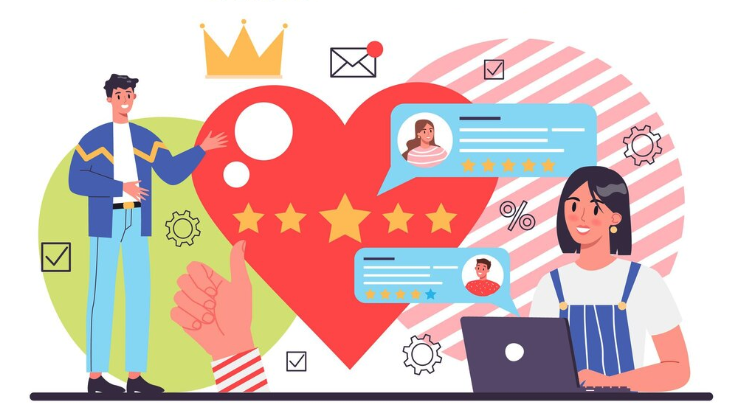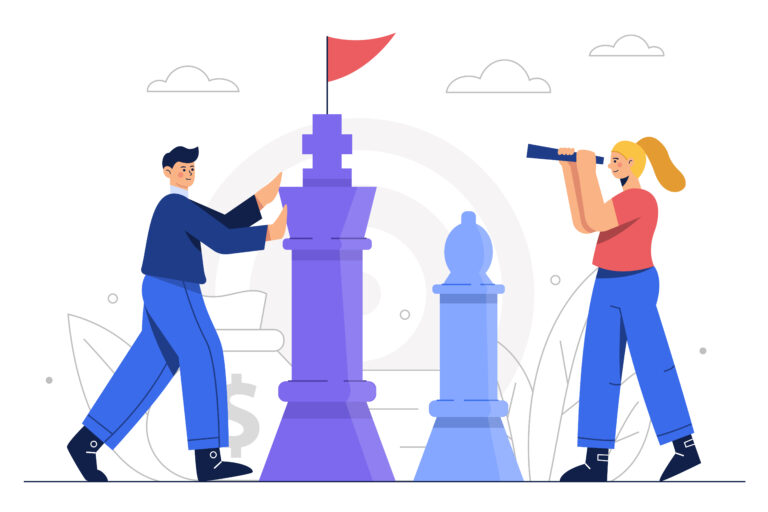Why 84% of you won’t read this article?
You are here and that means this marketing title worked to get your attention.
Getting you to start reading this blog article was one thing but is there a way to market so your customers try your product?
Ever feel like you have got an awesome product, but it just… doesn’t get you the sales? It’s like you’re stuck in this weird guessing game with your customers, trying to figure out what makes them tick, what makes them say “yes!” to your brand.
Well, guess what? There’s actually a secret sauce to understanding those consumer choices. It’s called consumer decision making (CDM), and it’s basically the map to cracking the code of your customers’ brains.
Lets start with what is consumer decision making ?
Consumer decision making (CDM) is basically the internal tug-of-war that happens inside every person’s head before they buy something. It’s all the thoughts, feelings, and considerations that lead them to hit “buy” or walk away. Think of it like a tiny detective show happening inside each customer’s brain, where needs, desires, logic, and emotion all clash and fight it out.
Think about it like this: you’re not just selling a product, you’re solving a problem. And to solve a problem, you gotta understand who you’re solving it for. CDM is like having a superpower to see through their eyes, to feel their frustrations, their desires, their “oh, heck yeah!” moments. It’s about listening to their silent conversations, the ones they have with themselves before pulling out their wallets.
The CDM Journey:
A customer’s journey often begins with an awareness trigger—perhaps a compelling social media ad or a friend’s recommendation. This sparks their consideration phase, where they weigh options, compare features, and research details. The path to purchase is now paved, but it still contains gaps.
Your job is to smooth the road by delivering value at each stage. Understand your customer’s considerations and address their barriers with clarity. If you resonate with motivations and fill information gaps, you ease their entire journey. Guide customers down the mental maze until reaching the final decision point.
Here are some things to consider to turn those “maybe”s into “yes”s:
1. Frictionless Awareness:
- Problem and Persona: Use AI to laser-focus on your ideal customer, not just demographics but psychographics – the “why” behind their buy. It’s not just identifying problems customers face; it’s understanding the emotional undercurrents, latent pains, and hidden frustrations that drive consumer behavior. Your goal is to create emotional connections that build a tribe of devoted fans.
- Lead magnets: Craft irresistible blog posts, infographics, and videos that answer their deepest consumer questions. Think “pain points as content pillars.”
2. Effortless Consideration:
- Interactive experiences: Let them test-drive your product virtually, answer questions with chatbots, and offer free trials with zero hoops to jump through.
- Social proof: Shower them with genuine testimonials, influencer endorsements, and case studies – social validation is the ultimate trust booster.
3. Decision-Driving Delight:
- Personalization: Tailor offerings, recommendations, and even website layouts based on their browsing behavior and preferences. Make them feel like the star of their own shopping show.
- Scarcity: Limited-time offers, early access deals, and countdown timers create a sense of urgency and exclusivity, nudging them towards that “buy now” button.
3 Simple Hacks For Startups to Win Customers:
Hack #1: Embrace Storytelling:
Sure, data paints a picture, but stories ignite emotions. Don’t just analyze surveys and clickstreams; listen to customer conversations, scour online forums, and even eavesdrop on social media rants. Look for recurring themes, emotional triggers, and unspoken needs. Weave these insights into compelling narratives that resonate with your audience’s deepest problems.
Hack #2: Befriend the Unconscious Mind:
Human beings are walking contradictions. We say one thing, do another, and often have no clue why. Tap into the power of AI-powered sentiment analysis and behavioral research to understand the unspoken desires and hidden frustrations that drive buying decisions. This is where you truly discover the problems they “don’t know they have” – problems your brand can solve before they even arise.
Hack #3: Build a Problem-Centric Culture:
Problem recognition isn’t a solo game. Embed it into your startup’s DNA! Encourage cross-functional brainstorming sessions, incentivize customer empathy exercises, and reward employees for uncovering hidden needs.
Why Post-Purchase Behavior Matters for Startups
For savvy startups, the “buy” decision merely marks the beginning of a captivating journey. While many brands celebrate the victory of acquisition, neglecting the crucial space beyond the checkout button is where countless opportunities for growth fade into oblivion. This often overlooked realm, the domain of post-purchase behavior, holds the key to unlocking customer loyalty, igniting brand advocacy, and transforming fleeting encounters into enduring relationships.
For startups navigating the turbulent waters of early-stage growth, understanding post-purchase behavior isn’t just a nice-to-have – it’s a survival hack. It’s a deep dive into the emotional rollercoaster that customers ride after clicking “buy,” a chance to decipher their whispers of delight, disappointment, and everything in between. Acknowledging and addressing customers unspoken desires and hidden frustrations are the elements that propels your brand from a fling to a lifelong companion.
Post Purchase Hacks For Startups to Keep Customers:
- Churn: By deciphering the triggers behind disappearing customers, you can craft post-purchase experiences that rekindle the customer’s interest and keep them happily aboard.
- Loyal Fan: In the post-purchase phase, providing personalized recommendations, delightful interactions, and relevant content crate value and connection, that keep customers coming back to you.
- Breaking the communication barrier: Customers, rarely speak their minds openly. Through data-driven insights and proactive engagement, you can break down the communication barrier. Listen to their unspoken needs, address their lingering doubts, and nurture a two-way dialogue that fosters trust and strengthens the bond.
- Personalization: Treat each customer not as a statistic, but as a unique story. Leverage purchase data and past interactions to craft personalized experiences that feel tailor-made, not mass-produced.
- Omnichannel : Ensure a seamless journey across all touchpoints, from confirmation emails to delivery updates. Don’t let your customer get lost in the silence between channels.
- AI-powered conversations: Forget robotic order confirmations – embrace the power of AI-powered chatbots and personalized emails. These digital companions can answer questions, offer support, and build relationships that extend far beyond the checkout.
- Gamification: Turn the post-purchase journey into a thrilling adventure. Points, badges, and exclusive perks become the rewards for repeat purchases, transforming your customers into active participants in your brand story.
- Feedback: Don’t be afraid to ask! Actively seek customer feedback through surveys, reviews, and social media interactions. These unfiltered voices hold the key to identifying areas for improvement and ensuring your post-purchase journey is not just functional, but truly delightful.
By integrating these pre-post purchase hacks into your overall strategy will help you not only win customers but make them into your loyal fans.







